Top Pick for
Mid-range phone overall

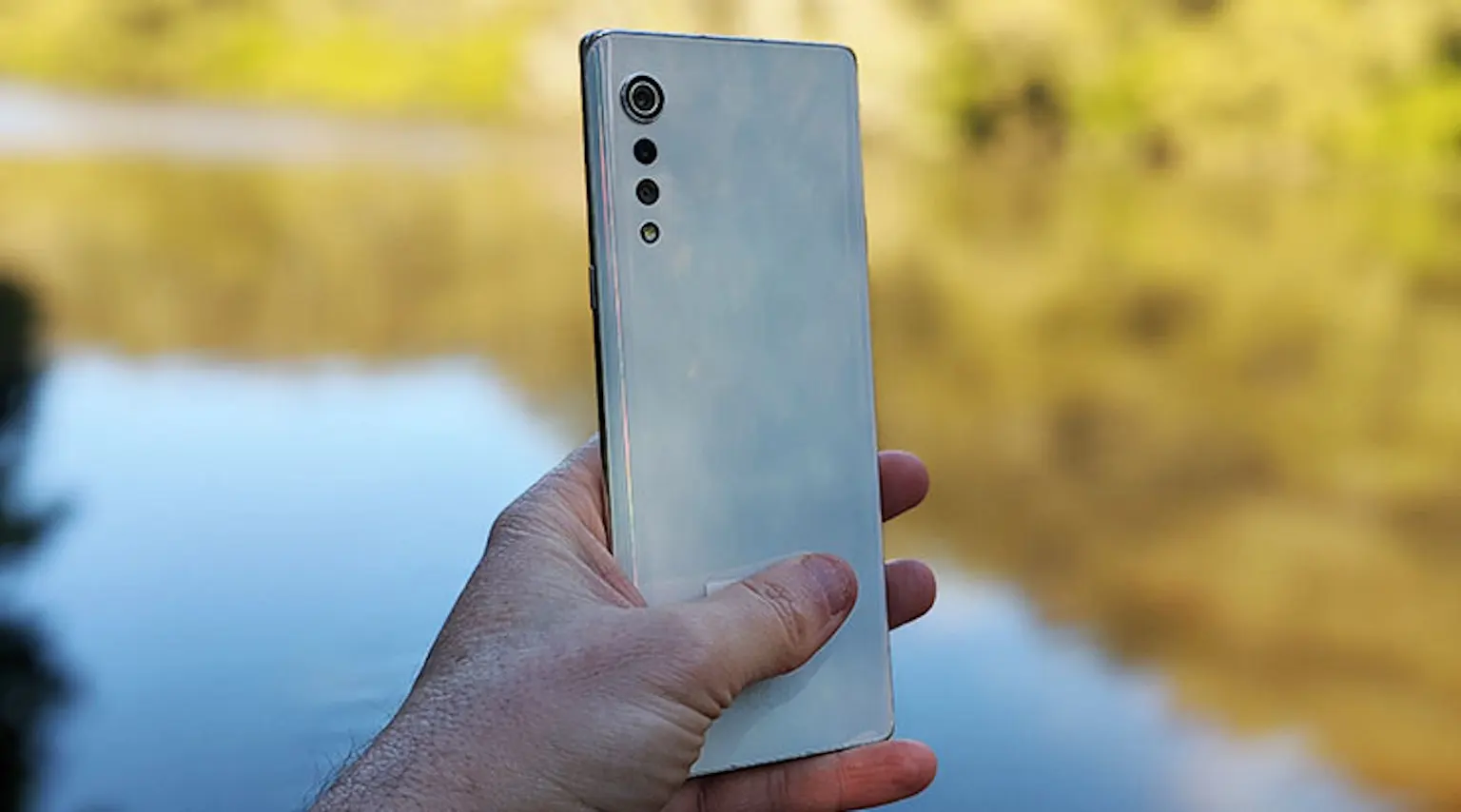
Top Pick for
Mid-range phone overall

Top Pick for
Mid-range Apple phone
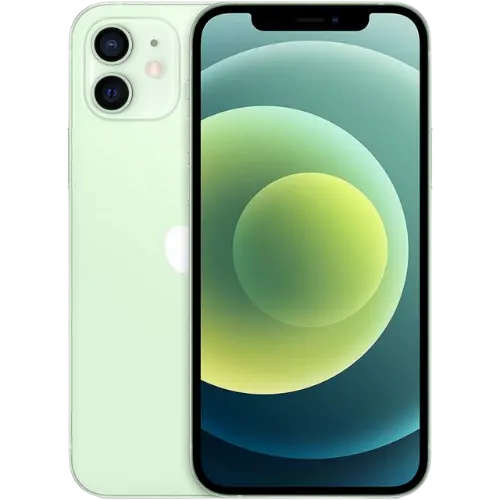
Top Pick for
Mid-range Samsung phone
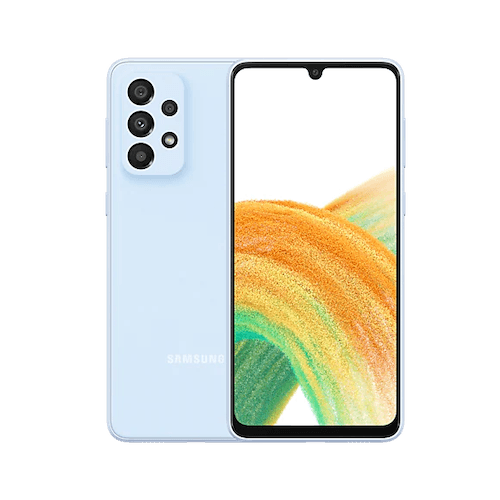
Top Pick for
Mid-range phone for durability

Finder's expert review team has tested every single phone on this list extensively, considering design, camera output, performance, battery life and any special features for each handset.
Our editorial team selected the phones on this list based on their overall quality and value compared to other phones on the market. Get more detail on the methodology below.
Compare the best mid-range phones of 2025

If you're a fan of iPhones, your choices in the mid-range typically extend to either refurbished old models or the current-model iPhone SE. That would be the iPhone SE 2022 (the iPhone SE 3 or even iPhone SE 5G), which like its predecessors is effectively an iPhone 8 with a rocket stuffed into its innards.
And what a rocket the A15 Bionic is. You're effectively getting the performance of the iPhone 13 generation, but in a smaller and lighter 5G-capable handset. Apple's generally very good with software updates, so iPhone SE 2022 buyers should be comfortable there throughout the likely lifespan of the handset.
There are trade-offs to bear in mind. The iPhone 8 wasn't a superb battery performer when it was new, and the needs of both the A15 Bionic and 5G mean that its battery life is sub-par for the category. You're also limited to just 1 front and 1 rear camera lens. A number of camera apps can help you make the most of it, but it's a hard technical limitation if smartphone photography is important to you.

If you're a fan of the iPhone range, your typical mid-range choice will be a couple of generations behind the latest phone.
As it stands you could get the iPhone 12 for under $1,000 in Australia.
If you were to choose this phone, your device would be powered by the powerful A14 Bionic Chip at a minimum giving you strong performance. Your mobile device will be able to connect to the 5G network and it is part of Apple's ecosystem meaning you'll get frequent updates.
The downside is the iPhone 12 doesn't come with the largest storage and if you were to connect to the 5G network, it can be a drain on the phone's battery life.
In the 2023 Finder Retail Awards, we surveyed over 34,000 Australians about their retail purchases to discover which were their favourite brands across 170 product categories and over 1,200 total brands.
For mobile phones, Apple was ranked 10th for value for money, 1st for performance, 1st for ease of use, 1st for features and design and 4th for battery life.
16 brands were rated across these decision criteria.
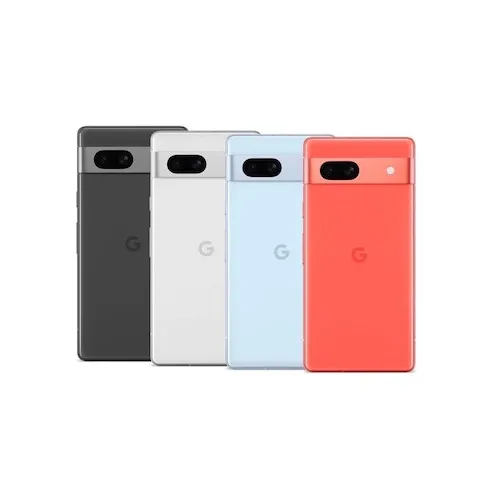
For those who prefer Android it's hard to go past the Google Pixel 7A.
This phone is powered by the Tensor G2 chip which offers strong performance and decent AI features including screening and voice recording. This should help you with everyday use.
Where this phone really shines is its 64MP sensor and impressive camera array that allows you to take exceptional photos regardless of the light.
On the downside, the Pixel 7 hasn't got the greatest battery life and it can be slow to charge. Some users have reported to fully charge the phone it will take nearly 2 hours and the charger itself needs to be bought separately.
In the 2023 Finder Retail Awards, we surveyed over 34,000 Australians about their retail purchases to discover which were their favourite brands across 170 product categories and over 1,200 total brands.
For mobile phones, Google was ranked 6th for value for money, 2nd for performance, 3rd for ease of use, 3rd for features and design and 8th for battery life.
16 brands were rated across these decision criteria.

Samsung's Galaxy A series phones are meant to be all about offering premium features at lower prices, which means that they're a balancing act.
Of its A series phones, we reckon the Galaxy A33 gets the balance most right out of any of them. It sits at the more affordable end of the mid-range price space, but with only a few compromises to get there. You get the same processor as in the more expensive Galaxy A53, a decent camera array for everyday photography and a really stunning 90Hz-capable Super AMOLED display to see it all through.
The balance against that is that its battery life is only average and you'll need to bring your own charger along for the ride. It's fast becoming the norm for premium phones to skip out on chargers, but it's far less common in the mid-range space. The Exynos 1280 processor that runs the A33 is also only adequate rather than being particularly fast.
Read our full Galaxy A33 review
In the 2023 Finder Retail Awards, we surveyed over 34,000 Australians about their retail purchases to discover which were their favourite brands across 170 product categories and over 1,200 total brands.
For mobile phones, Oppo was ranked 1st for value for money, 5th for performance, 3rd for ease of use, 3rd for features and design and 3rd for battery life.
16 brands were rated across these decision criteria.
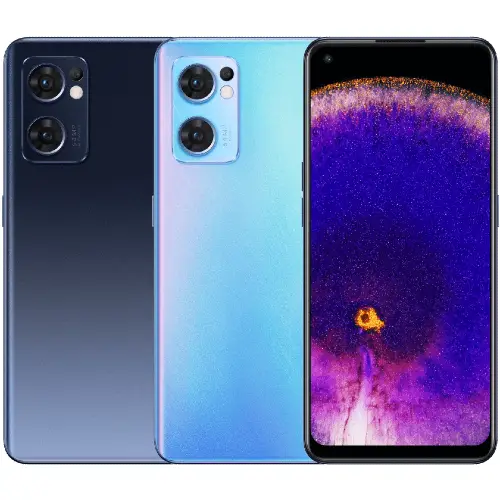
The Oppo Find X5 Lite is nearly half the price of the Oppo Find X5, but what you get for that saving is still quite an exceptional phone.
You might expect an Oppo phone to impress on the camera front because it's been such a big focus for Oppo over the years. Instead, the factor that propels the Find X5 Lite to its position in our rankings is its battery life, which is really great for a phone in its price range. It's very easy to make it through a day even with heavier app or camera usage, although predictably 5G can sap that battery a little faster. It's also capable of insanely fast 65W SuperVOOC charging to top it up quickly even when it does run low on power.
Oppo's trade-offs for that lower price point are ones worth careful consideration. There's no IP-rated water resistance and wireless charging is also notably absent. App performance is fair, but those who like pure Android may find Oppo's ColorOS a tad overbearing.
Read our full Oppo Find X5 Lite review
In the 2023 Finder Retail Awards, we surveyed over 34,000 Australians about their retail purchases to discover which were their favourite brands across 170 product categories and over 1,200 total brands.
For mobile phones, Oppo was ranked 1st for value for money, 5th for performance, 3rd for ease of use, 3rd for features and design and 3rd for battery life.
16 brands were rated across these decision criteria.

Boasting a resilient polymer composite back and a Corning Gorilla Glass Victus front, the Nokia XR21 ranks among the toughest smartphones available.
It is resistant to scratches, drops, water and dust, making it ideal for adventurous individuals or those with a propensity for accidents.
Nokia asserts that this phone can endure falls from heights of up to 1.8 metres and its IP68 waterproof rating ensures it can withstand submersion at depths of up to 1.5 metres for 60 minutes. It will operate reliably in temperatures ranging from -21 to 55 degrees Celsius.
Other impressive features include loud dual speakers, a 64-megapixel AI camera, regular monthly security updates and a remarkable 2-day battery life. In the rare event of phone damage, it is backed by a generous 3-year warranty.
In the 2023 Finder Retail Awards, we surveyed over 34,000 Australians about their retail purchases to discover which were their favourite brands across 170 product categories and over 1,200 total brands.
For mobile phones, Nokia was ranked 16th for value for money, 14th for performance, 14th for ease of use, 13th for features and design and 11th for battery life.
16 brands were rated across these decision criteria.
Compare the specs and purchasing options of each phone in the table below. Click on "View details" for more product specifications.
We comprehensively test every single phone that comes into Finder for review in the same way, whether it's a budget cheapie or a flagship phone costing thousands of dollars – and that naturally captures the mid-range phone market as well.
We consider the design of each mid-range phone. While at one time you could only get premium design features like alternative colours or materials or high-refresh-rate screens in high-end phones, we're starting to see those appear in more affordable models as well. We also assess the feel and usability of a phone's design, considering aspects like the quality of any biometric sensors, whether the build feels robust and any features that might make it more or less attractive to most users.
Cameras on mid-range phones have also improved markedly in recent years, with most sporting AI-assisted multi-lens arrays. We extensively test phone camera performance including low-light performance, video quality, any special features built into manufacturer software and how they compare against similarly priced phones available at the time of release. Rear and front cameras are equally assessed, which means we've taken thousands of rather unfortunate selfies over the years.
We use a range of commercial benchmarks to give a comparative viewpoint of how a given mid-range phone compares to the market at the time of release. Benchmarks are fine for synthetic comparison, but we then test for everyday tasks such as web browsing, social media, video streaming and gaming as well as any pre-installed software that's unique to that handset to get a more rounded picture of performance over time. Network features such as 4G and 5G speeds are also considered, although the variability of mobile networks must be taken into account there.
Every single phone maker will wax lyrical about how amazing their phone's battery life is, but not all phones are created equal. That's why we assess battery life in a comparative sense with a video streaming test to see how it ranks in the field as well as testing over multiple days to get a feel for general battery performance for each handset. We also consider charging speeds and whether features such as fast wired charging or wireless charging are available with a handset.
Finally, we consider the asking price for each phone. Why not consider that first, as you might in a store? It's because we want to fairly assess the phone on its physical merits before weighing it up against its price competition. That's especially important for mid-range handsets because the pressure for value hits them both from above with premium models and below with the improving quality of true budget phones.
We value our editorial independence, basing our comparison results, content and reviews on objective analysis without bias. However, Finder may receive compensation when you click some of the links on our site. Learn more about how we make money from our partners.



Here's a comprehensive run-down of the best iPhone deals you can get right now in Australia.
Our expert team has tested hundreds of mobile phones to find the 11 best options under $500.
If you’re looking to run multiple phone numbers from just one handset, we’ve got the best picks for every price bracket and need.
These are the 4 best flip phones you can buy right now in Australia.
We've spent the time comparing Android phones to find out which is the best one you can buy in Australia in 2023.
We hit the streets of Paris and Sydney to find the low light camera king, with surprising results.
Everything you need to know about wireless charging and the phones that support this super-convenient way to keep the power flowing to your handset.
See the online stores offering an unrivalled selection of mobile phone models.
Not sure what resolution you need on your phone's camera? This guide explains the features you really need to check on your smartphone.
We've ranked the top 10 smartphones you can buy in Australia right now based on hundreds of hours of hands-on testing.